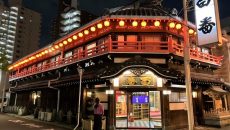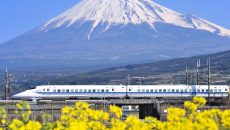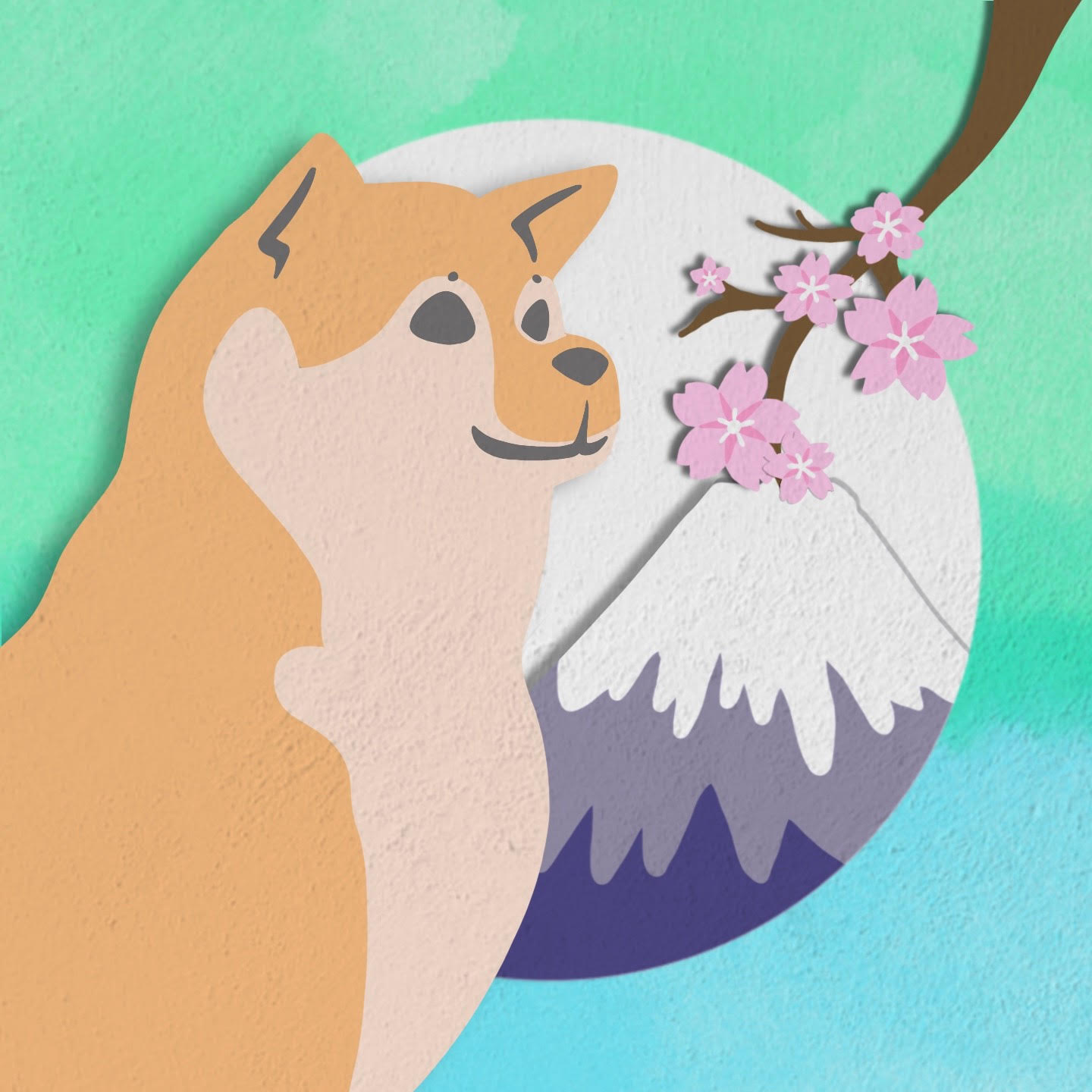An experience of meditation in a place where Zen was born.

In Kamakura, I glimpsed a little pathway to a finer state of mind. It is the way of Zen, through which I sensed a fuller awareness of the present moment, opening a greater capacity to process whatever life brings next. That’s a lot to accomplish by sitting and thinking, as instructed, about nothing but my own breathing. But there it is. Breathe in. Breathe out. I can attest to a brief glimpse of that little path.
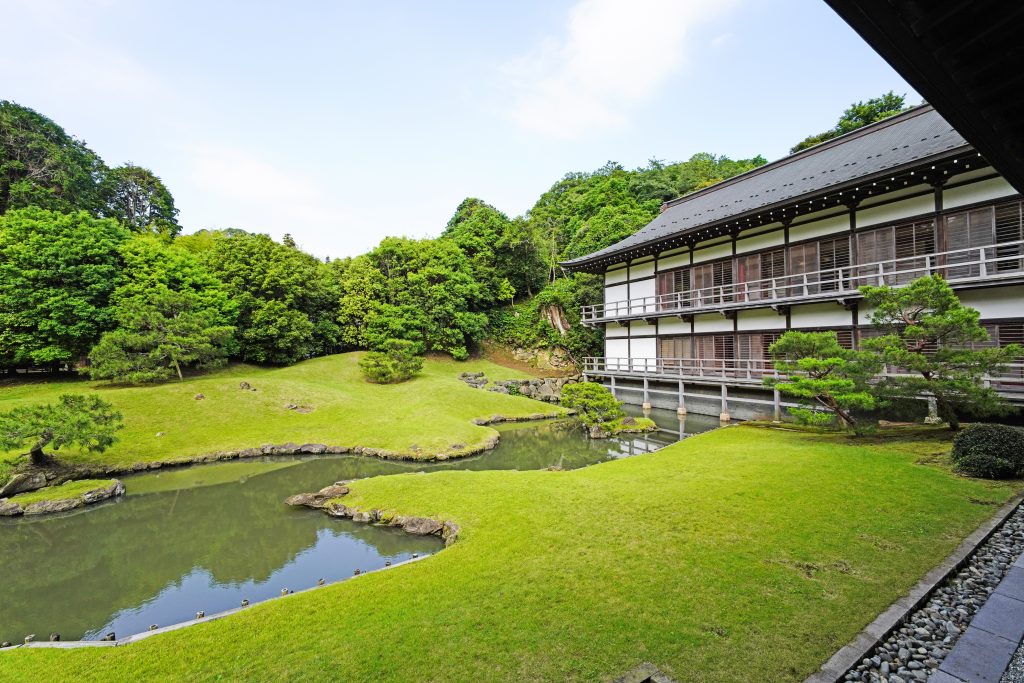
But I am also rather good at thinking about nothing already, so I’ve easily turned away from this path despite several privileged introductions from time to time. The most recent such privilege came my way when I decided to treat myself to the Zen 2.0 conference held last September at Kencho-ji temple in Kamakura.
The morning session that I attended with about a hundred others was under the massive beams of a grand old temple building that naturally cooled the still-warm September breeze blowing through its open windows. It was one of several concurrent sessions touching on themes of “mindfulness” and “connectedness.”
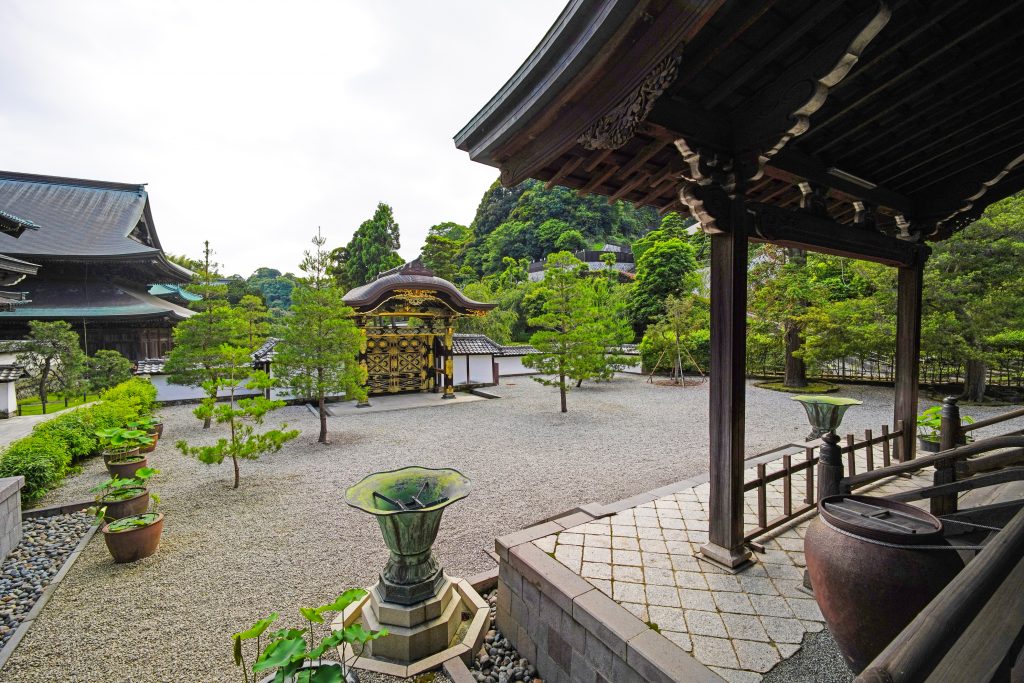
Of course, the session began with a few minutes of guided meditation and thus primed to be present, I learned something that I’ll never forget. The main featured speaker was Kyoto University Honorary Professor Toji Kamata, who introduced the audience to a deeply animistic approach to the common courtesy of asking permission. As an example, Kamata-sensei presented to the audience his shakuhachi flute. Made of bamboo, it was bent in a way you would not expect for a flute, yet Kamata-sensei played it beautifully. He explained that its maker literally asked bamboo stalks for permission, and only cut a stalk down when the stalk itself gave him permission. Well, in the case of this particular flute, the bamboo stalk spoke first, asking to be used. Such unbidden enthusiasm on the part of the bamboo assured him a marvelous flute could be made despite the bend. And so it was.
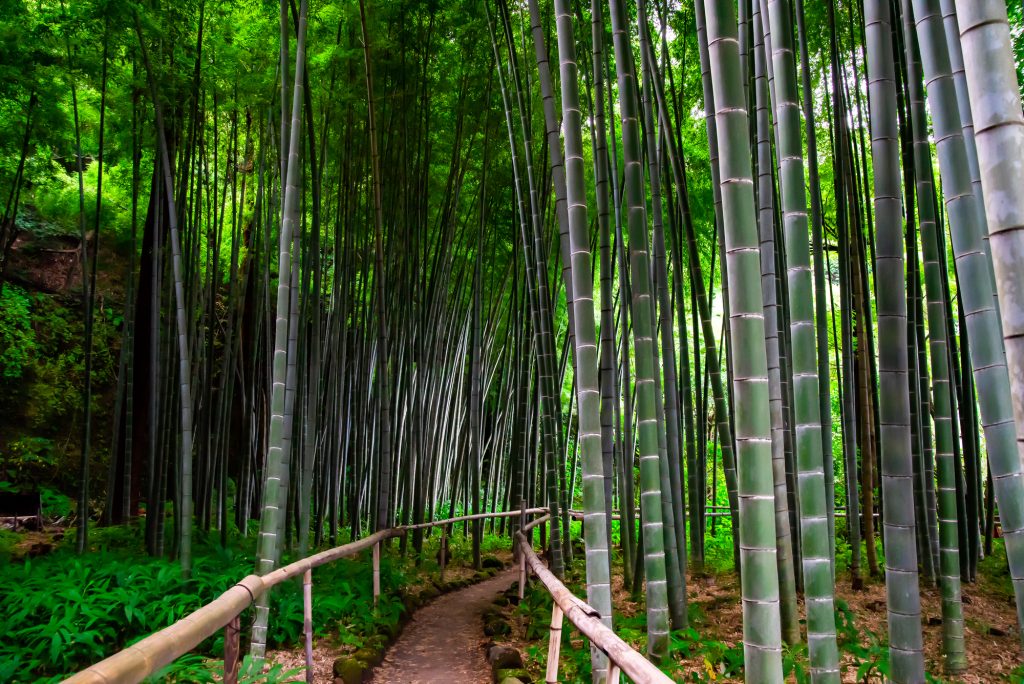
This boundless spirit of asking permission is of course lost on our prevailing system of exploitation, which does not have an ear for mother nature’s way of saying “no,” “slow down,” and “please, for your own good, stop.” Nobody’s asking in the first place.
The next session I attended was about “mindful eating,” which included lunch. We began again with meditation, seated on a tatami floor, this time looking out onto the well-swept temple grounds, so I chose to keep my eyes open this time, as is allowed, focusing on a spot of trees in the distance. There was the little path again, with a gentle fork toward lunch.

We were served bento boxes of “shojin ryori” (精進料理), which is translated by Google as “vegetarian food,” but more directly could also be translated as “devotional” (精進) “cooking” (料理). It is indeed traditionally vegan, and also traditionally devotional in the sense of the practicing Zen cook’s devoted, disciplined approach. In fact, Dogen, regarded as one of the founders of Zen Buddhism in Japan, wrote a guide to the devotion of cooking in the 13th century. In his cookbook, “Instructions for the Zen Cook,” Dogen admonishes the Zen cook to treat every ingredient with profound reverence and even to “build great temples with ordinary greens.”
At the session, we were prepared to be reverent by first turning to one another and asking in all sincerity what our neighbor especially liked about themself. In a similar way, the Zen cook can be thought to inquire about each ingredient. This teaching may indeed be tasted in a shojin ryori meal, as you will find a great variety of individual parts, all in harmony, but each in a way taking its own distinctive pride of place.
View this post on Instagram
With our meals in front of us on the tatami mat, we were guided through a meditative experience of tasting with the same devotion in eating as the Zen cook in cooking. The meal was delicious, and some elements were so savory as to make me wonder about the vegan attribution. I have learned directly from the local caterer, Hachinoki, that one secret is dashi (出汁), or stock, and the magic that can be wrought from ingredients like konbu seaweed and shiitake mushrooms.
A sprawling network of Buddhist temple and Shinto shrine grounds await your exploration from either Kita-Kamakura or Kamakura stations on the JR Line, or the little stations along the adorable Enoden line, which trundles through town almost as intimately as passing through people’s living rooms. At the main stations, your most luxurious or even meditative option for transportation will surely be by jinrikisha, the great-wheeled carriages powered by exceptionally athletic men (and a few women) who gently perambulate you to your destination or if you wish cheerfully regale you with the lore of the old capital on the way. It is just as well to let your driver pick the destination. Anywhere you go will have its story and its beauty.

When it is time for lunch or dinner, you can enjoy a very special shojin ryori just a short walk from Kita-Kamakura station at Hachinoki restaurant.
Come as you are, or consider wearing a traditional kimono or yukata on your visit. With so much history infusing the atmosphere, Kamakura is where anyone can feel perfectly comfortable observing the more historic Japanese dress code, whether you’re Japanese or not, male or female.
View this post on Instagram
Kamakura became at once the seat of the samurai class at the height of its warrior power and a seat of Zen Buddhism in all of its pacifist splendor in the 12th century. Today, the warriors are ghosts while the priests and acolytes thrive, and people travel from around the world to experience meditation at a temple here in Zen’s cradle. Zen Buddhism is gaining practitioners as an antidote to the noise, stress, rapid change, and general sensory and emotional overload of modern life. Living in Kamakura as I do, I find that the town itself is a meditative experience and generously receives its many visitors.
Related Articles
AI Girlfriends: Exploring the World of Virtual Companions
AI-generated girlfriends are growing popular on Japanese Twitter. Learn more about what they can do, and what it could mean for the future.
Discover Japan’s Top 10 Must-Visit Places
From stunning landscapes to bustling cities, Japan offers many unforgettable experiences. Here are Japan’s top 10 best places to visit!

